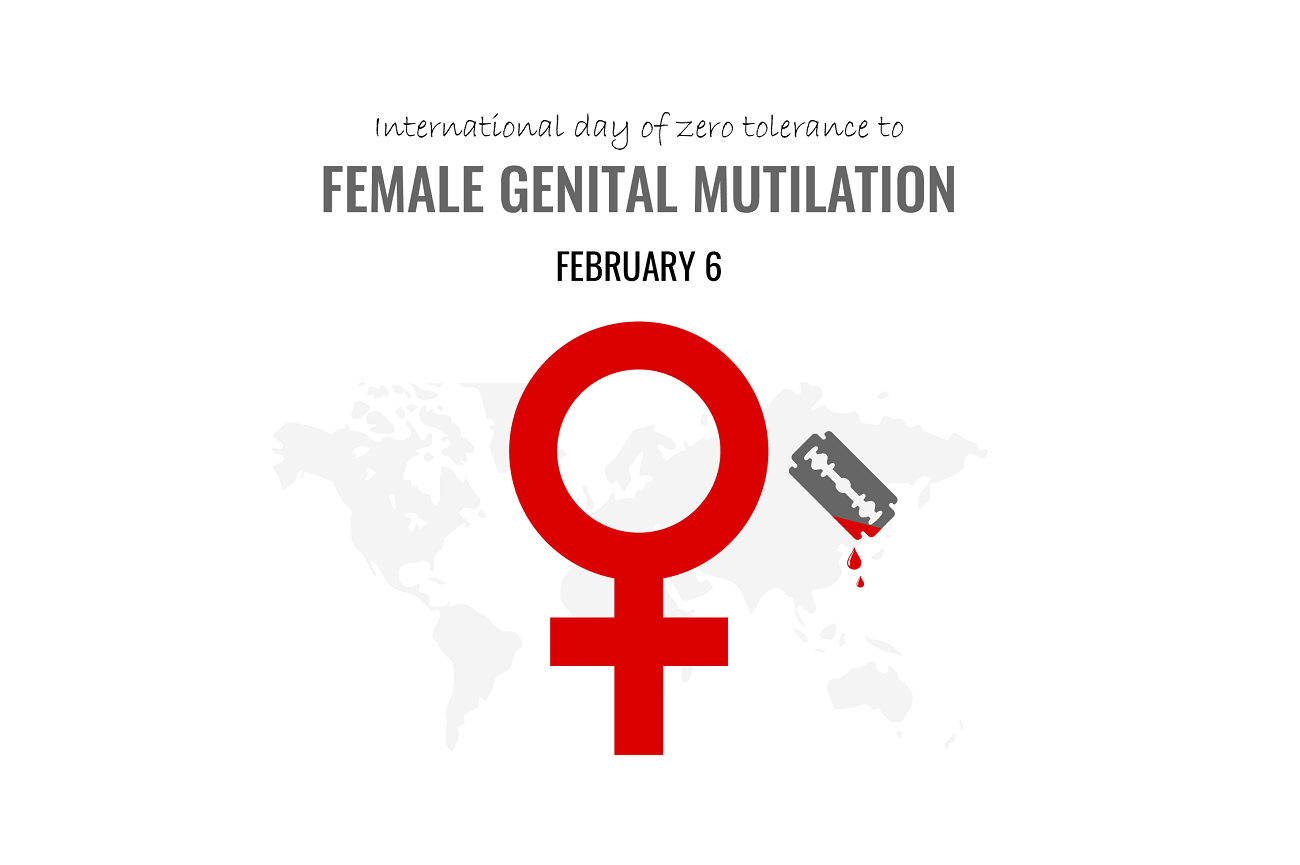Female Genital Mutilation (FGM): Understanding the Harmful Practice and the Call for its Eradication
Introduction:
Female Genital Mutilation (FGM), also known as female circumcision, is a deeply rooted traditional practice that involves the partial or complete removal of the external female genitalia. This harmful practice, prevalent in various parts of the world, poses severe physical, psychological, and social consequences for girls and women. In this article, we will delve into the complexities of FGM, its prevalence, reasons behind its perpetuation, and the global efforts to eliminate this violation of human rights.
Understanding Female Genital Mutilation:
FGM encompasses various procedures that involve altering or removing female genital organs for non-medical reasons. These procedures are typically performed on girls between infancy and adolescence, often without their informed consent. FGM is prevalent in many countries, particularly in Africa, the Middle East, and some communities in Asia and Latin America.
Types and Consequences of FGM:
FGM is classified into four types based on the extent of the procedure: a) Type I: Clitoridectomy – Partial or total removal of the clitoris. b) Type II: Excision – Partial or total removal of the clitoris and the inner labia. c) Type III: Infibulation – Narrowing of the vaginal opening through the removal of the clitoris and labia, often followed by stitching. d) Type IV: Other harmful procedures – Includes pricking, piercing, or any other form of alteration.
The consequences of FGM are severe and long-lasting. They range from immediate complications such as severe pain, bleeding, infections, and difficulty in urination, to long-term health issues such as urinary and reproductive problems, psychological trauma, sexual dysfunction, and complications during childbirth.
Sociocultural Factors and Perpetuation of FGM:
FGM is deeply entrenched in cultural, social, and gender norms. It is often seen as a rite of passage, a means to control female sexuality, ensure marriageability, and preserve cultural identity. Misconceptions surrounding hygiene, purity, and religious beliefs are also used to justify this harmful practice.
Global Efforts to Eliminate FGM:
The international community, governments, human rights organizations, and grassroots movements have made significant efforts to eradicate FGM. These efforts include:
- Legislative measures: Many countries have enacted laws and policies that criminalize FGM and provide protection to girls and women.
- Awareness and education: Raising awareness about the harmful consequences of FGM, engaging community leaders, and promoting education are vital in challenging deep-rooted beliefs and promoting behavioral change.
- Empowering women and girls: Supporting initiatives that empower women and girls, including education, access to healthcare, economic opportunities, and legal rights, can help break the cycle of FGM.
The Role of Health Professionals and Communities:
Health professionals play a crucial role in preventing FGM by providing accurate information, promoting sexual and reproductive health, and offering counseling and support to girls and women who have undergone or are at risk of FGM. Engaging with communities, religious leaders, and traditional practitioners is essential for creating dialogue, challenging harmful norms, and fostering community-led change.
Conclusion:
Female Genital Mutilation is a deeply entrenched practice that violates the rights, health, and well-being of girls and women. Eliminating FGM requires a multi-faceted approach that addresses the underlying sociocultural factors, promotes education, empowers women and girls, and engages communities and health professionals. By working collectively and raising awareness, we can protect the rights and dignity of girls and women and strive towards the eradication of this harmful practice, ensuring a future free from the physical and psychological consequences of FGM.
